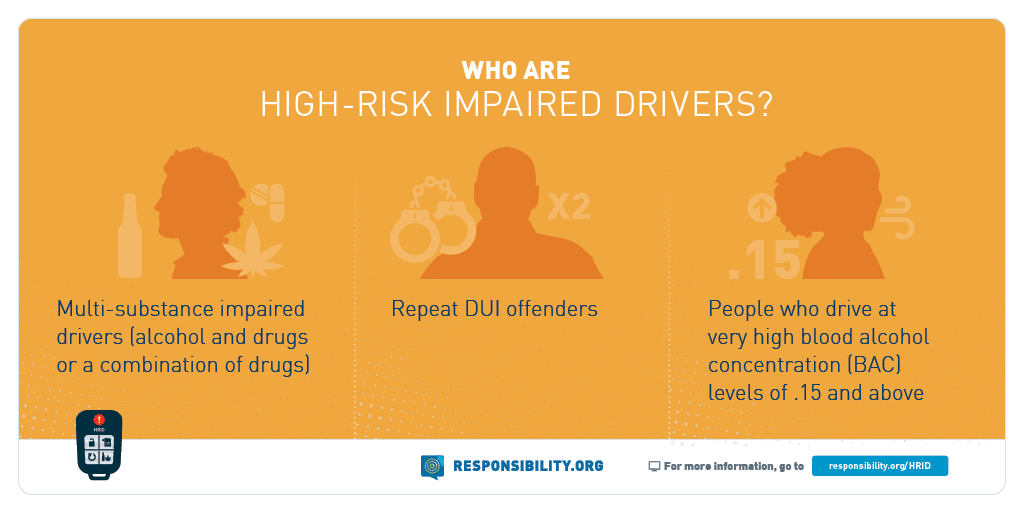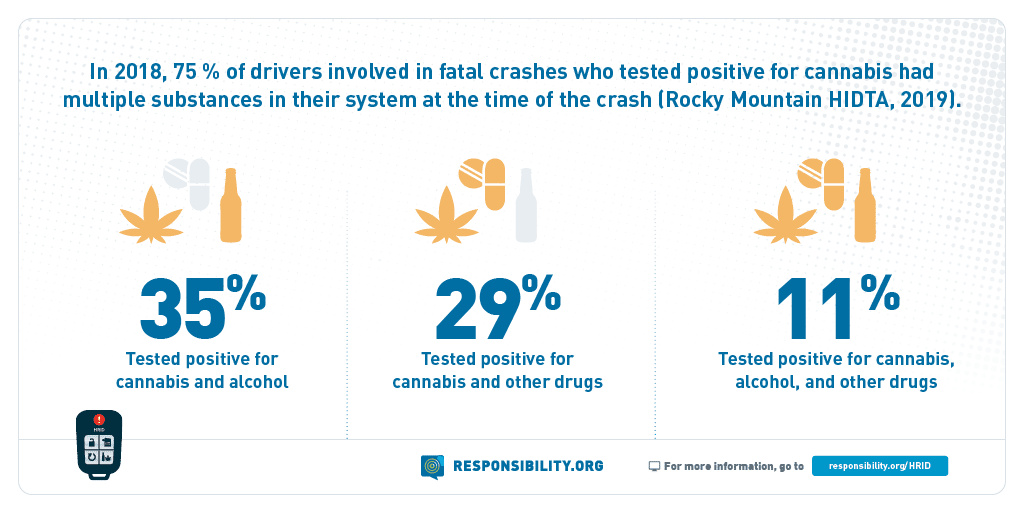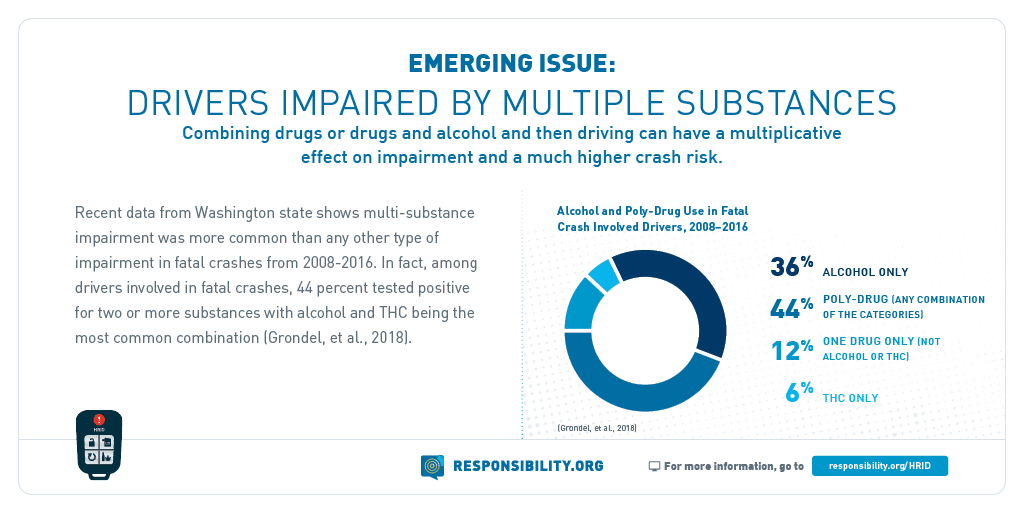DUI Cases: Phases of the Criminal Justice System
Perhaps the most dangerous drivers on the road, high-risk impaired drivers are at a higher crash risk, are disproportionately involved in fatal crashes, often escape accountability and typically become repeat DUI offenders. Learn more about these offenders and what research shows will be effective in deterring them.

Phase 1
Cops and Traffic Stops
Each year, nearly a million people are arrested for impaired driving. Though laws and processes vary by state, each of them goes through a similar experience after an officer observes suspicious driving: Traffic Stop, DUI investigation, Arrest, Chemical testing, Drug Recognition Expert evaluation, and Booking.

Phase 2
Awaiting and Preparing for Trial
The pre-trial phase begins with a judge deciding whether an impaired driving defendant will remain in custody or be released back into the community. Only in instances where there is a significant risk to public safety is the defendant likely to held until trial. If the judge decides to release the defendant, pre-trial release conditions are imposed.

Phase 3
Screening and Assessment
Screening and assessment affect release, sentencing, supervision, and treatment decisions. The process should occur early in the criminal justice process, preferably at the pre-trial phase. This ensures that judges have more information available when they make release and sentencing decisions. But it is common for assessment to be done post-conviction when a DUI offender is under community supervision or has entered into a treatment program.

Phase 4
The Court Process
DUI cases are notoriously complex and challenging to adjudicate. Even seasoned prosecutors admit that seemingly straightforward impaired driving cases can be difficult to try in court. Each state is different in its court structure, but the process is similar across jurisdictions, progressing from pre-trial hearings to plea bargaining to trial (if necessary) and to sentencing.

Phase 5
Community Supervision
The majority of impaired drivers do not receive lengthy terms of incarceration. Instead, most will serve their sentence in the community under the supervision of probation officers. With criminal justice and prison reform initiatives gaining support, greater emphasis is now placed on reducing rates of incarceration and allowing non-violent offenders to remain in the community.

Phase 6
Treatment Interventions
Every impaired driver who enters the criminal justice system should be screened and assessed to determine whether treatment is needed to address the underlying causes of their actions. A significant percentage of offenders have severe substance use disorders and co-occurring mental health disorders.

About The Program
Responsibility.org has collaborated with key partners in the fields of traffic safety, criminal justice, and supervision and treatment to eliminate impaired driving through best practices with a focus on high-risk impaired drivers.

Toolkit
Here's a toolkit to learn more about high-risk impaired drivers and what research shows will be effective in deterring them.




